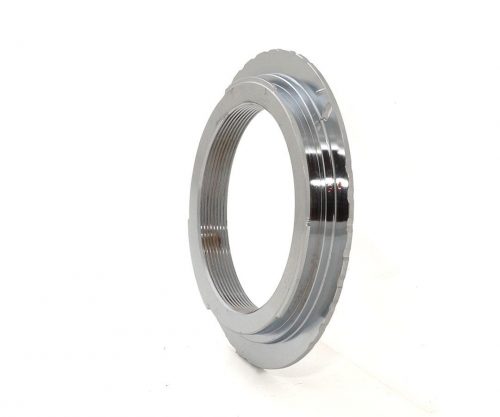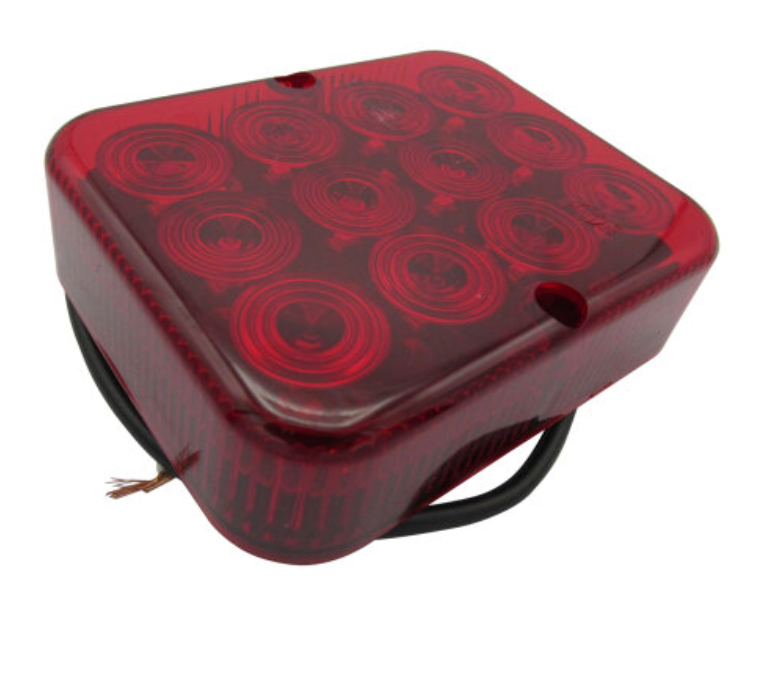-
Posts
667 -
Joined
-
Last visited
Content Type
Profiles
Forums
Gallery
Events
Blogs
Posts posted by fifeskies
-
-
You should be fine with the moon and planets.
The exact multiplication factor will vary by your particular setup.
If you image with it and take a star field snap , platesolving for the stars will tell you the exact focal distance the telescope has been converted to, from this you can find out the factor by dividing the new distance by the scopes native focal distance.
Or you can use Stellarium and tweak the lens settings to match the view you get, so then read of the factor.
While a DSLR wont be able to get as close as 10mm , dedicated astronomy cameras have a much smaller face to sensor distance, some are down at 6.5mm , this is why spacers are required often to match the image train to backfocus recommendations.
The charts cover such a big range so they cover all the camera types out there.
-
1 hour ago, johninderby said:
Pleasant aft here. 13.4C and dry with some sunshine and no breeze. Think I’ll mow the lawn shortly.
Not much point mowing if you were to do it longly 😉
-
 1
1
-
 1
1
-
-
Other than imaging bright planets , trying to image with a f25 system will be very difficult. This makes targets very dim.
For planets, video capture then stacking works ok.
Trying to guide at an effective 3250mm will need a highly tuned mount to get anything like a stable image for still photos.
-
I used a stainless steel bolt , cut it down to the correct height with angle grinder disc (ie remove the hex head) , after test fitting it and marking the height.
Get one that is part threaded so the "pin" part is just flat sided not with a thread.
Again fit and check where it grounds out , mark the sides where you need a flat edge then remove and grind a flat edge to it.
Finally to make it easy to fit and remove I used a thin disc to cut a screwdriver slot across the headless bolt.
Cleaned up the sharp edges , and voila done.
Only a few pence for the bolt , ok maybe £1 for stainless , and a short bit of diy.
-
 1
1
-
-
-
Yes fully 2 way
I use this to remote control my mount , my guide camera and my main camera from the end of the Cat5 cable.
Nice and comfortable away in the warm out of the damp and cold.
At the remote control position I can see the guide camera output in PHD2 guiding software from the guider on the mount and the main camera exposures download to my remote SSD hard drive.
I use APT to control the main camera remotely setting ISO exposure time , and run sequences etc. As soon as each sub exposure completes the image downloads to display on APT and saves to the folder on my SSD hard drive. Takes only a few seconds to download my 18 Megapixel frames.
I can select targets, slew to them, plate-solve and begin imaging without setting foot up the garden to my ROR observatory.
(I do have to go up to open the roof and power it all on, have not got that under remote control yet 😎)
-
 1
1
-
-
Strongly recommend this. (USB over cat 5/6 , up to 50m)
Its what I use and it works flawlessly.
Daisy chaining USB just gives more places for things to go wrong (damp in connections) and for accidental disconnections as USB does not latch together.
Available Amazon but got mine 2nd hand , they pop up now and then.
StarTech.com 4-Port USB 2.0 Extender - 165ft USB Over: Amazon.co.uk: Electronics
-
 1
1
-
-
-
There are extra thin low profile "T" adapters that can help you gain enough space to fit in a filter drawer.
They claim to only need about 1mm rather than the usual 11mm or so.

-
 1
1
-
 1
1
-
-
-
Polaris is NOT the North Celestial Pole.
It is near to it but over 24hours makes a small circle around the actual pole.
When correctly polar aligned Polaris should not be in the centre of your view, you can use several apps to show you what "hour angle" the position of Polaris should be at for any location and time.

-
GIMP (free software) can also be used to align the colours again.
Your filter is removing the yellow/green component (as most City Light you are Suppressing, ie skyglow, is in the yellow/green part of the spectrum)
Depending on target it can also be good to convert to a mono (Black and White) image.
-
-
 1
1
-
-
I use a single supply for everything , just fuse every section when using a big supply.
Those bare skeleton supplies will need to be built into a suitable external box however.
-
 1
1
-
-
10 minutes ago, The Trubble Telescope said:
👍 Good idea
An LED stop light intended for a car (so runs on 12v also happy on 13.8v which is a fully charged battery voltage) , being LED uses very little power but is very bright on axis.
Nice and cheap from a well known auction site , or any car parts shop like Halfords.
You get the small rectangular screw on type that are intended for DIY trailer board lighting.

-
Strongly suspect this is just Sirius.
Sirius is a very very bright star and is usually quite low down in the sky.
Turbulance in the sky makes the star "twinkle" and Sirius is very well known for twinkling through the colour spectrum.
The star confuses the autofocus in many cameras so you get a fuzzy out of focus blob , but this actually helps you see the colour flashes better.
-
Amazon sell many varieties of distilled water
(sold for use with steam irons for the most part)
-
 1
1
-
-
+1 for adding a highly visible light to the power supply output
I have done the exact same thing but luckily caught it before any damage was done.
A short run of low voltage cable to a red light is the way to go , just make sure it is away from the telescopes and ideally visible from afar.
I can see my "power on" indicator from down the garden.
-
Just multiply by the reducer value.
600mm with a 0.85 reducer is 600 x 0.85 = 510
715mm with a 0.79 reducer is 715 x 0.79 = 564.85 (use 565)
EDIT Josh beat me by seconds
-
Spirowrap does a good job , handy if you want to break out cables along the way as well

Available Amazon among other places.
-
 1
1
-
-
DSO without tracking will be limited, typically these will need minutes rather than seconds to get good images.
However if you use high ISO and stack lots of very short images you will get something for the very brightest targets like the Orion Nebula. (Look up DeepSkyStacker the free software to do this)
Bright planets will be rather more successful with untracked mount, but dont expect to get extensive detail.
-
The reducer changes the effective focal length of the telescope so in a 500mm scope a 0.8 reducer changes this to an effective 400mm.
The main reason to do this is to allow a camera to see a wider field of view than it would without the reducer.
As this is a photographic function it is common for a reducer to also have a field flattener combined with it.
For visual use you would use a longer eyepiece ie 25mm to view a wider field
(compared to eg a 10mm eyepiece)
-
Depending on the quality of the Cat5E and the "noisiness" of the environment you may get away with the lower spec cable if it is one of the better quality ones.
If its in the middle of nowhere it could be fine , next to an industrial zone with lots of RFI or under overhead power cables probably not.
-
available on Amazon, they have a single usb port version and also the more expensive 100m range version.
StarTech.com 4-Port USB 2.0 Extender - 165ft USB Over: Amazon.co.uk: Electronics
also direct from Startech in UK , (but Amazon is cheaper)
USB Extenders - Add-on Cards & Adapters | United Kingdom (startech.com)
For a full 50m they recommend a Cat 6 cable rather than a Cat 5 which works up to 40m, check you don't need to use the higher specified version that works out to 100m.
Datasheet usb2004extv_datasheet.pdf (startech.com)
Manual usb2004extv_manual.pdf (startech.com)
I got mine from ebay and they also come up from time to time either here or ABS in 2nd hand section.


















Astronomy book for kids
in The Astro Lounge
Posted · Edited by fifeskies
A great little book written by an 8yo astronomy fan.
Nice photos and some of Aston's own drawings.
Only £5 and worth every penny.
Very easy read for children.
The Solar System by Aston Smith | First Light Optics